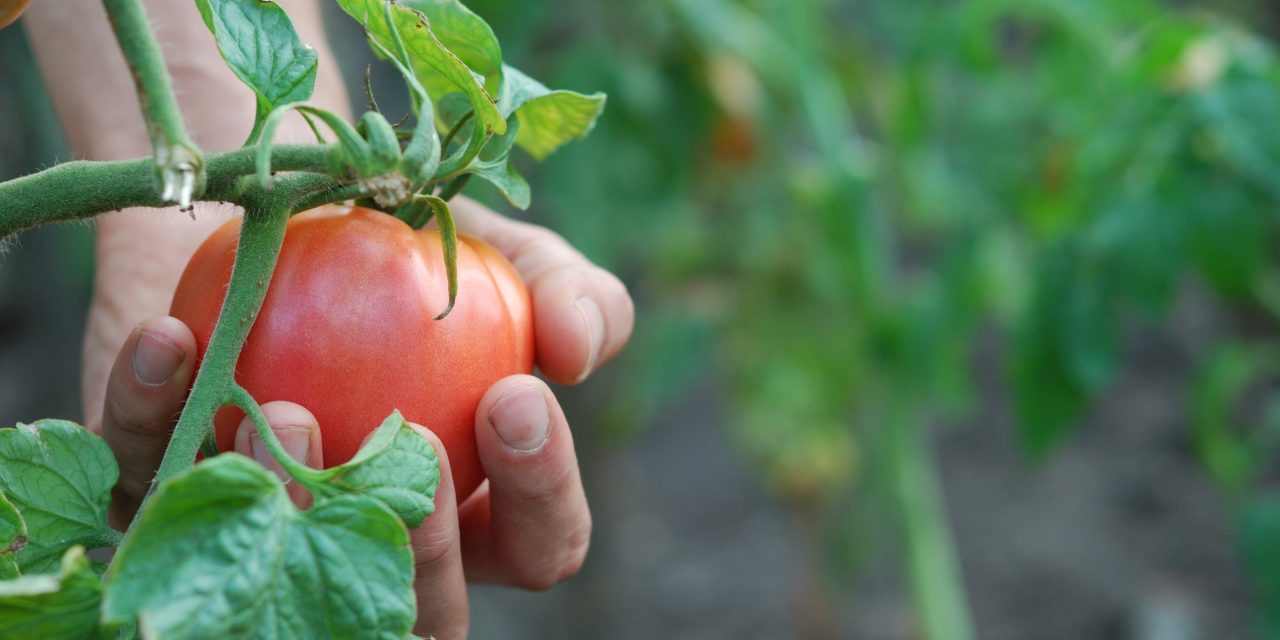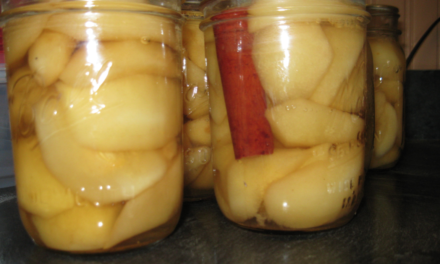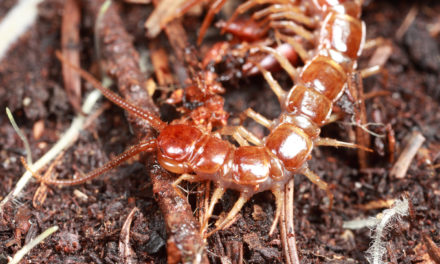What is your go to method of growing tomatoes: prawling, training to a trellis, caging or staking and containers? All five major methods have pros and cons. Many years ago, when my mother gardened, I remember my brother Dan having the job of wading through the green vines that sat on top of straw to pick the tomatoes. She never staked or caged but just left them plenty room to sprawl out all over their extensive area. I later thought how wasteful this method was until I started reading that if you want the most harvest allowing the tomato plants to sprawl will produce the largest possible harvest. I guess my mother knew what she was doing as we put up well over 100 quarts of tomato juice, along with homemade ketchup and stewed tomatoes. Sprawling is the easiest and least labor intensive method as you forget about tying off, staking and pruning, but it does take a great deal of space. Sprawling tomatoes will ripen later than tomatoes grown by all the other methods. The tomatoes are often in contact with the ground making them prime candidates for slug attacks and fruit rots, but laying down a thick layer of straw can help prevent both and reduce the risks of disease.
Staking is stressful to tomato plants and can cause the stressed plant to be more susceptible to certain diseases. But the advantage to this method is that tomatoes ripen sooner and are larger than those grown with other methods. One or two stems of the tomato plant to be staked is loosely tied to a stake that has been hammered into the ground. As with staking of all vegetables, the stake needs to be installed before or at the same time that you plant the tomato. Throughout the growing season, side branches and any new stems (suckers) starting near the base of the plant are removed. This can be labor intensive if you have lots of plants you are staking. An advantage to this method is spacing: you can plant them closer together when you are staking tomatoes- 18 inches apart vs. the standard 24 to 36 inches apart.
Cages are often used as a form of staking. Please go with the type of cage made from reinforced concrete wire that you cut to length and tie into a round cage. Please do not try to stake a Beefeater or Big Boy indeterminate tomato on a small cage like the one shown here. This size works great for peppers and eggplants or a small bush tomato but may cause damage to the stems of the large tomato as it grows over 6 foot tall.
There is a full range of commercially produced garden cages for use with tomatoes. The problem with using them with an indeterminate variety of tomatoes is that the cage will not be able to contain the constant growth of this type of tomato. The best cage available is homemade using concrete-reinforcing wire that you can purchase at Buchheit. Cut five-foot-long sections and form them into an 18 inch cylinder. The advantage to cages is no pruning or tying is necessary and the fruit is easy to pick, but as with sprawling tomatoes the fruit ripens later but the yields are higher than for staked or trellis-grown. The downside to cages is finding a place to store them so that they do not rust during the off season.
Training to a trellis is another option. I love cattle panels for this. Buchheit often has them on sale during the growing season. All it takes to install a cattle panel is three metal stakes. Good air flow and ease of tying the tomatoes to the panel makes this an easy way to train up tomatoes but the downside to this method is the same as for staking tomatoes. I save Jim’s worn-out jeans to cut large strips to tie up the tomatoes, they are softer than twine and it is a recycling opportunity. Another great advantage to cattle panels is preventing any sun scald but draping old sheets over the tomato plants that have lost leaves. An advantage to cattle panels is since they are meant for outside use, you can tie them to a fence for storage over the winter.



The last method is using containers and hanging baskets. The key to success with a container or basket is selecting the proper hybrid, such as a dwarf or patio tomato that was created just for this purpose. They will grow in a compact, bushy manner with thick stems that can take the stress of hanging. A cherry style determinant variety works well for this application. More frequent watering and fertilizing is required with baskets and containers. You can try the upside down planters using these cultivars.
While all these methods will work, the method that is best for you is the one that fits your particular gardening needs. I have used all these methods and I will stick to my cattle panels but I am intrigued with sprawling so I am going to try this method this season too. I hope this was helpful as you prepare for a great tomato harvest. Be Blessed! Anne May






